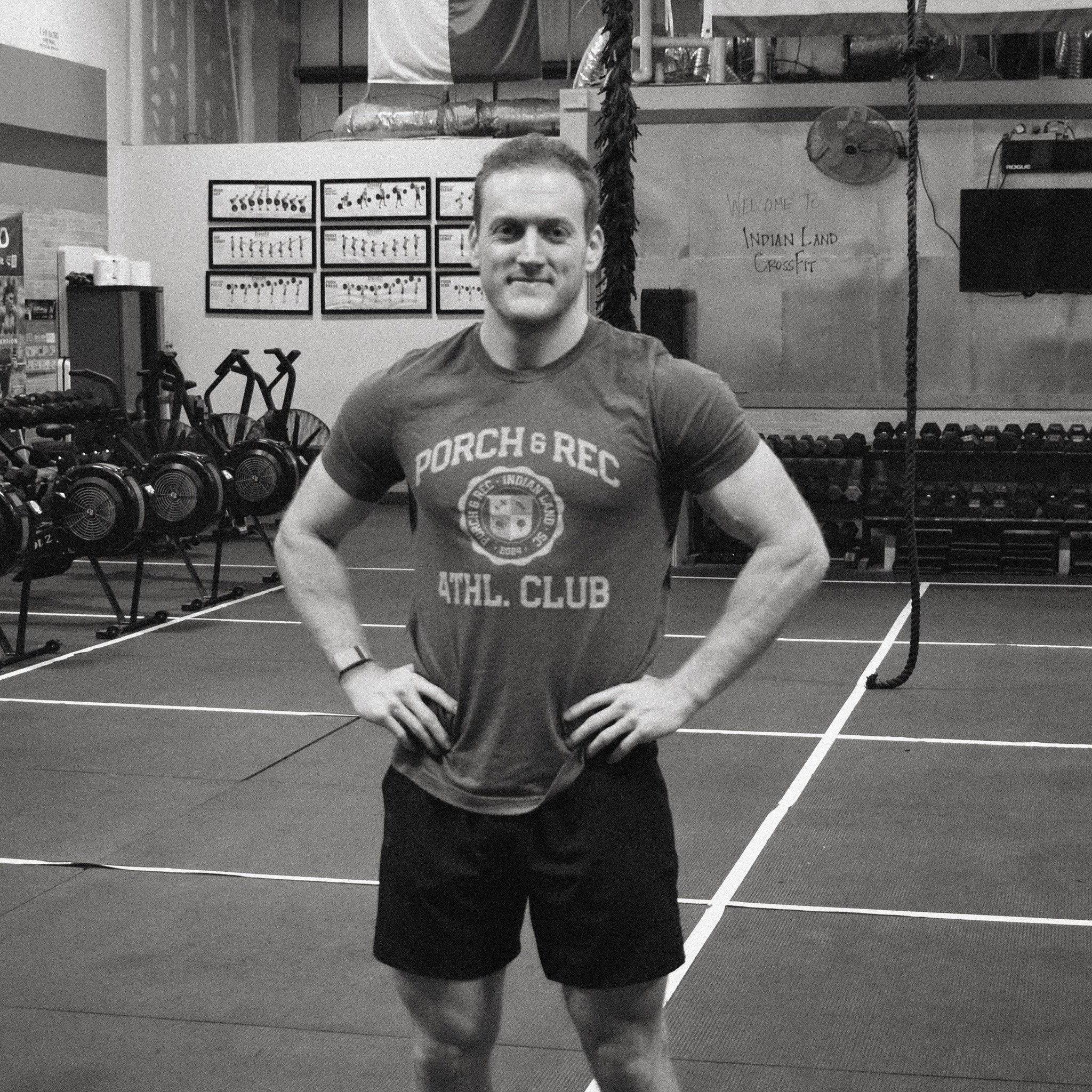My Approach to Health & Fitness
I’m going to attempt to do something that has been many times before—lay down my first-hand experience and recommendations for achieving health and fitness goals.
Many of this, you may already know. After all, there is nothing new under the sun. But if you allow me the time and consideration, you may gain confidence in this strategy and be inspired to begin a successful wellness journey.
Background
I want to be clear that I am not a nutritionist or doctor. I have a certification in CrossFit training, but that’s as far as my official education goes. However, I do have a “certification” in life, that is, personally experiencing tangible results.
What I am about to go over is based on 13 years of bodybuilding training, personal research, and dieting that have helped me achieve my desired outcomes and the physique I am able to maintain today.
Throughout grade school, I was one of the skinniest kids in the class. Genetically, it’s always been difficult for me to put on healthy weight. This was somewhat limiting in sports growing up, or so I believed at the time.
It wasn’t until I got to college that I began to seriously take up weight training. I became obsessed with bodybuilding and the newfound confidence it gave me in all my endeavors. I enjoyed seeing the progress made and the reward that small, disciplined actions led to.
In fact, I was able to go from a skinny/soft, 165 pounds to 185 in a matter of about 6 months. Newbie gains are a real thing, people. Some of that was fat gain, which is to be expected, but most of it was muscle.
And the rest is history.
An Overview to My Approach
In this blog, we’re going to touch on the following principles as it relates to health and fitness:
Diet
Training Program
Supplementation
Mentality
Tools and Resources
My approach may not be for all, but you can take what you will from it.
Diet & Nutrition
I am very bullish about this plan I am about to give you. The core principles of science and the laws of thermodynamics deem it factual. This makes it simple, but not easy, as they say.
Let’s start with WHY we would want to adjust our eating patterns.
Weight management - simply lose or gain
Body composition - improve the way we look, i.e., body fat percentage, muscle mass
With that being said, we have to look at these things as both two distinct factors, and as a whole in the way they contribute to your goals.
I’m going to quickly give you the secret to the weight management part. It is simple calories in vs. calories out. That’s it, full stop. If you were to eat nothing but donuts all day, and only eat 1,00.0 calories, you would lose weight. This is 100% true.
To lose or gain weight, you simply need to determine your Total Daily Energy Expenditure (TDEE), then add or subtract calories from it to be in a deficit or surplus. Here is a good online calculator you can use. For example, my TDEE is about 2,750 per day. So if I am trying to lean up, which I am currently, I am would eat 2,250 calories per day to lose about 1-2 pounds per week. This is true because 3,500 calories comes out to about a pound of weight.
However, this is not our only goal, right? To simple lose or gain weight doesn’t always have an effect on our health. We want to look and feel good! We want to lose fat, not muscle, or gain muscle and not fat. This is what will help you achieve your physique goals.
And that is where macronutrients and body composition come into play.
Macronutrients
Adjusting your macronutrient profile is what will affect, along with your exercise program, your body composition.
A macronutrient for our purposes will simply be classified a protein, carbohydrate, or fat.
A gram of protein = 4 calories, carbohydrate = 4 calories, and fat = 9 calories. What we want to do is compile these nutrients together in such a way to totals our caloric intake goals, and also provides the necessary building blocks to achieve our health and fitness goals.
There are many ways to slice this pie. However, what I do is eat roughly 35% protein, 40% carbs, and 25% fat. This doesn’t have to be exact unless we are training for a bodybuilding show. If I am bulking, I may up my fat a little. More on how I track this in a bit.
Quick note on carbs: They are not the devil. You need them to fuel your workouts and provide energy throughout the day. No, you do not process carbs differently than others. If you have lost weight before by cutting out carbs, it is simply a function of decreasing calories as a result of subtracting a major food group.
What I Eat
Protein: egg whites, whole eggs, millk, kefir, whey protein, tuna, steak, white fish, salmon, chicken breast, chicken thigh, ground turkey.
Carbs: cereal, oatmeal, white rice, russet potato, pasta, fruits, greens, legumes, bread, nothing with added sugar.
Fats: olive oil, avocado oil, almonds, butter, light mayo, natural fat in meat, fat found in milk and yogurt, almond butter.
There are a lot more things you can include in this list to enjoy a healthy and balanced lifestyle. This is just an abbreviated list of some of my go-tos.


